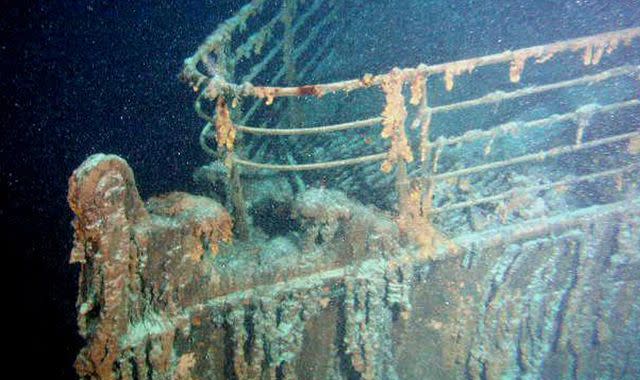Rescuers lined the search area looking for five people on a missing submarine after a dive to view the Titanic wreck site.
More boats and submersible vehicles will join the search on Thursday as the search enters a critical phase.
The submarine, if still intact, will likely run out of oxygen, meaning it could run out of oxygen around 10:00 GMT (06:00 EDT) on Thursday.
However, experts say that the life of oxygen depends on several factors.
Other sounds were picked up by sonar buoys — listening devices dropped by planes or ships — for a second day, the U.S. Coast Guard said Wednesday.
At a press conference in Boston, Captain Jamie Frederick said a Canadian search plane picked up underwater sounds Tuesday and Wednesday.
This prompted the search team to focus on the area where the sounds were detected.
Captain Frederick said they didn’t know what the noises were and the US Navy was helping analyze them – and submarine searches of the area in which they were discovered had turned up nothing so far.
With the arrival of more boats and submersible vehicles, search operations would also resume where they were originally searched, he said. The total sea area covered was about 26,000 km2 (10,000 sq mi), twice the size of the US state of Connecticut.
“You still have hope,” said Captain Frederick, adding, “This is a 100% search and rescue operation.”
There are currently five surface ships involved in the search, he said, and five more are on their way to the area.
Meanwhile, the two remotely operated vehicles (ROVs) searching underwater would be joined by several others on Thursday morning.
“We are looking where the sounds were detected. Tomorrow morning we will continue the search there and install additional ROVs where the search originally took place,” he said.
One of the ships en route to assist in the search is the French ship L’Atalante, which has a robot that can reach the seabed at 3,800 m (12,500 ft) and has the ability to surface the submarine, Titan. lifting.
Earlier on Wednesday, U.S. Coast Guard Rear Admiral John Mauger said the submarine would have a life support system on board to provide oxygen, but supplies were running low.
“One of the factors that make it difficult to predict how much oxygen is left is that we don’t know how much oxygen is consumed per occupant of the submarine,” he told the BBC.
On board, the 6.5-meter vessel are British businessman Hamish Harding, British-Pakistani businessman Shahzada Dawood and his son Suleman, former French Navy diver Paul-Henry Nargeolet and the CEO of OceanGate – who built the submarine. operates – Stockton Rush.
However, Oisin Fanning, who has already made a deep-sea voyage to the Titanic wreck and knows some of the people aboard the missing submarine, told the crew he would figure out how to maximize the oxygen supply.
Mr. Fanning said those on board will have undergone thorough training beforehand and will “immediately attempt to conserve oxygen”.
Dr. Ken LeDez, an expert in hyperbaric medicine at Memorial University in St John’s, Newfoundland, said it was possible the crew could survive even if the oxygen supply diminished, depending on the crew’s shape physics and submersible conditions.
While it’s impossible to know the exact conditions inside, Dr. LeDez said the crew will likely experience increasing levels of carbon dioxide and also cold temperatures, as well as a drop in oxygen levels.
A combination of these factors can lead to hypothermia and loss of consciousness, he said. But these conditions aren’t necessarily life-threatening, and slowing down their metabolism with the cold could help them survive longer, he added.


